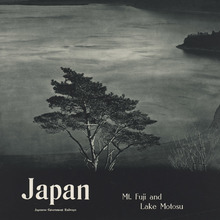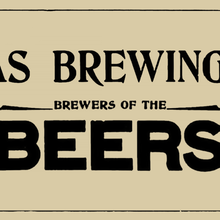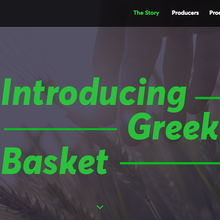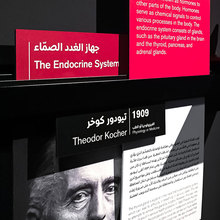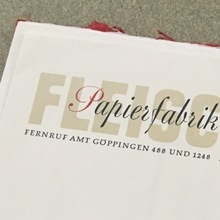Sign in to participate.
- Topics
- Activism (723)
- Architecture (949)
- Art (3105)
- Automotive (229)
- Business/Finance (486)
- Education/Academia (1483)
- Entertainment (1090)
- Event (2055)
- Fashion/Apparel (1070)
- Film/TV (1387)
- Food/Beverage (2151)
- Governmental/Civic (493)
- Graphic Design (2287)
- Health/Fitness (567)
- Home/Interior (582)
- Industrial Design (385)
- Institutional (904)
- Kids (561)
- Lifestyle (1004)
- Literature (2105)
- Local (937)
- Music (4272)
- News (470)
- Performing Arts (662)
- Politics (569)
- Product (1159)
- Religion/Spirituality (280)
- Retail/Shopping (741)
- Science/Nature (710)
- Services (945)
- Social Media (206)
- Sports (498)
- Technology (988)
- Transportation (247)
- Travel (582)
- Formats
- Advertising (1511)
- Album Art (2829)
- Art/Illustration (412)
- Booklets/Pamphlets (1622)
- Books (4425)
- Branding/Identity (5308)
- Ephemera (867)
- Exhibition/Installation (720)
- Film/Video (731)
- Infographics/Maps (406)
- Magazines/Periodicals (1454)
- Mobile/Tablet (441)
- Newspapers (227)
- Object/Product (770)
- Packaging (1580)
- Posters/Flyers (3865)
- Signs (1520)
- Software/Apps (204)
- Web (3642)
- Typefaces
- Adobe Caslon (71)
- Adobe Garamond (47)
- LL Akkurat (73)
- Aktiv Grotesk (56)
- Akzidenz-Grotesk (324)
- Akzidenz-Grotesk Condensed (62)
- Albertus (64)
- Alternate Gothic (125)
- Amelia (49)
- GT America (111)
- ITC American Typewriter (67)
- Ano (55)
- Antique Olive (70)
- Anzeigen-Grotesk / Neue Aurora IX (46)
- Aperçu (78)
- Apoc (138)
- Arial (159)
- Atlas Grotesk (60)
- ITC Avant Garde Gothic (240)
- Avenir (83)
- Avenir Next (49)
- Baby Teeth (51)
- Baskerville (71)
- Benton Sans (84)
- Berthold Block (45)
- Bodoni (118)
- Brandon Grotesque (88)
- LL Brown (73)
- Brush Script (52)
- Bureau Grot (52)
- Calibre (50)
- Century Expanded (55)
- Century Schoolbook (49)
- Cera (44)
- Cheltenham (53)
- LL Circular (69)
- Ciutadella (49)
- Clarendon (114)
- Compacta (96)
- Cooper Black (223)
- Copperplate Gothic (57)
- Courier (46)
- Davida (77)
- FF DIN (115)
- Druk (50)
- Druk Condensed (49)
- Druk Wide (64)
- Elephant (Alias) (56)
- Euclid Flex (77)
- Eurostile (181)
- Everett (90)
- Favorit (71)
- Folio (89)
- Founders Grotesk (116)
- ITC Franklin Gothic (67)
- Franklin Gothic (219)
- Futura (904)
- Futura Black (91)
- Futura Condensed (97)
- Futura Display (62)
- Geogrotesque (60)
- Georgia (91)
- Gill Kayo (89)
- Gill Sans (255)
- Gotham (228)
- Grand Slang (47)
- Graphik (115)
- Harbour (173)
- Helvetica (969)
- Helvetica Condensed (105)
- Hobo (69)
- Interstate (88)
- Kabel (78)
- Kabel Black (74)
- Knockout (131)
- Lausanne (154)
- Lydian (64)
- Lyon (70)
- Maison Neue (56)
- Microgramma (58)
- Miller (47)
- Minion (64)
- Monotype Grotesque (71)
- Montserrat (53)
- Motter Ombra (69)
- Neue Haas Grotesk (145)
- Neue Helvetica (288)
- Neutraface (76)
- News Gothic (216)
- Ogg (80)
- Omnes (75)
- Open Sans (48)
- Optima (129)
- Palatino (65)
- Plaak (47)
- Plantin (59)
- Proxima Nova (98)
- Roboto (54)
- Sabon (45)
- GT Sectra (69)
- ITC Serif Gothic (94)
- Sharp Grotesk (54)
- ITC Souvenir (117)
- Sporting Grotesque (48)
- Suisse Int’l (252)
- Suisse Works (78)
- Surt (81)
- Tempo (49)
- Tiempos (80)
- Times (96)
- Times New Roman (204)
- FB Titling Gothic (48)
- Trade Gothic (151)
- Univers (465)
- Venus (46)
- Venus Extended (67)
- Verlag (45)
- Volta (45)
- GT Walsheim (86)
- Windsor (89)
- These are the most common typefaces in the database, but there are many more. Try a search!
- Sign in to participate.
Topics▼ |
Formats▼ |
Typefaces▼ |




